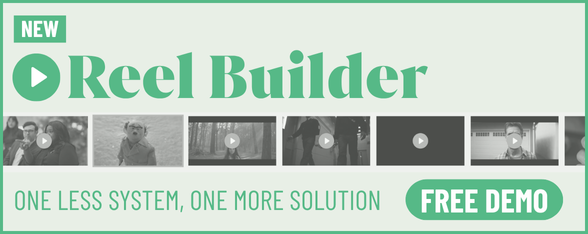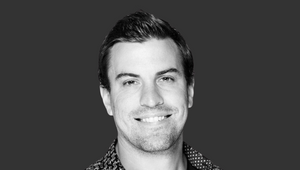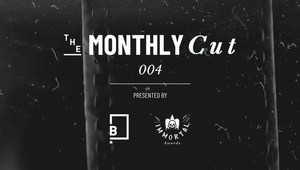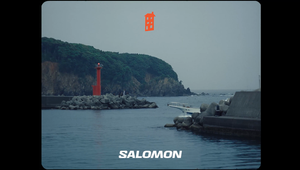
Havas Chicago Is Moving Like a Creator in the Heartland of America
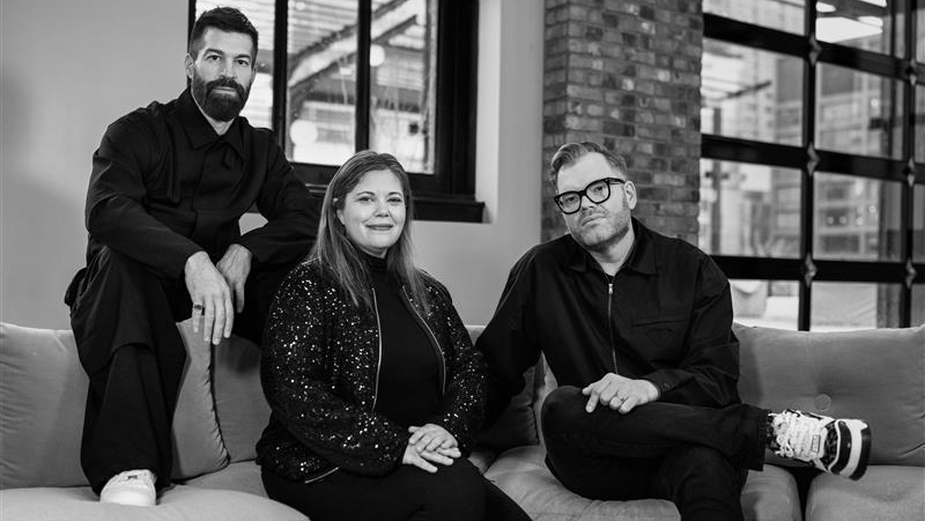
Earlier this year, Havas Chicago completed its leadership trio with the hiring of chief creative officer, Frank Dattalo. And for the three of them – all “Chicago boomerangs” who developed professionally in the city – they’ve sensed an opportunity not just to shape the agency to their shared vision, but to create a new system that leads the network and wider industry forward, from the heartland of the USA.
“We love the city, we love the hustle, we love the soul, and that's part of who we are as a culture,” says president Kat Ott, speaking to LBB alongside Frank, and chief strategy officer Chase Cornett. “We have that scrappiness – a pulse on audiences in an interesting way. You feel that energy when you walk out the door and downtown. And you feel it inside our walls! Our clients feel it in every call and every touch point they have with us. They're feeling that passion and the care we have; for each other, the business and the work.”
This energy is being distilled via a new “high-low approach” - an operating system the leaders have designed for the agency that helps brands combine two worlds: traditional brand building with modern influencer-inspired, social-first strategy.
Frank asserts that a more intentional combination of ‘polished’ strategic rigor with “the scrappiness, agility and cultural IQ of socially native creatives”, helps to unlock “fresher, more unexpected, and culturally relevant” ideas for brands – and do it quicker.
“There's a need for that in the market,” he says. “We have big agencies that are getting bigger, and they’re buying capabilities. But they're trying to integrate these capabilities into an antiquated model. It's slow-moving, so it's hard. On the opposite side of that, you have social-first agencies that get a more campaign-level strategic brief, and they can't punch up.
“So this [system] is really identifying that white space where we can really make a difference and holistically provide this end-to-end service quicker and more effectively to our clients.”
CSO Chase adds that the agency has “redone all processes to move like a creator would”. For social-only client Hilton, this has meant slashing its go-to-market process time from 13 weeks to one, and increasing from eight posts per month to 20 per week.
Above: Hilton - 'For the Fans'
“We iterate and concept in a day, not weeks,” says Kat. “We have content creators on-staff who can concept, shoot and edit. So we have the [in-house] capability to do low-fidelity and mid-fidelity, but then we can also do super shoots with partners – that's the ‘high’. We're not the kind of agency that goes off for weeks and weeks for strategy and creative; it's a waste of time and money. We take days, and we ask our clients not to be precious. Let's all work through the wet paint or, as we say, ‘taste the batter’ together.”
To make this happen, Kat gives credit to the agency’s ‘fast and lean’ operational model, and the investments it's made in the right tools and talents to balance rigorous brand building with social listening. “It's really special to have these modern marketers who know how to do things in a digital-first, culture-first [way], or at the speed of social, and use our collective experience to help our agency and our brands get to the next level. Because that's what it requires today to really break through in marketing.”
As part of this new evolution, Havas Chicago has also modernised its approach to audience design, using a proprietary ‘microcultures’ tool to have a bottom-up perspective on how communities form digitally. This has already been deployed on campaigns like ‘Welcome to the Wayborhood’ for Wayfair, and on social campaigns for Hilton.
“It’s microcultures at scale,” says Chase, “and how that grows into [informing] growth audiences and total media targeting. That’s always been a challenge – creating structure around unstructured cultural data and turning that into actual opportunities for brands. It often stops short of being trend inspiration. Whereas, with this, we actually can action it and go to market.”
These shifts in the agency model reflect the changing tides of the wider industry – shifts that Chase says might suit Havas Chicago’s new approach. He believes that the industry’s last decade – one defined by digital fragmentation and a performance marketing focus – largely abandoned brand building. But now, he’s seeing a change.
“You can't build a brand the same way you would have 12 years ago. It takes more cultural equity, and more non-traditional thinking to embed your brands in culture; the next generation is blocking ads so we have to reach them in different ways. Of course, media is still very important for scale and is part of the mix, but if you're not actually being talked about or thought of, you're not going to actually grow.”
He adds, “People are learning that performance is incremental, and manages or sustains your scale, while brand-building and culture-led work has great commercial value in driving a larger base that is going to actually create growth.”
The trio believe that Havas Chicago is uniquely positioned to pioneer this altered paradigm because of their ‘65 years of punching high-low’ between the three of them, and the culture they’ve curated at the agency.
“It’s not easy,” says Chase, emphasising the importance of bringing in experienced, non-traditional talent when rethinking the model in this way. “From a strategy perspective… What we've built is a collective model where, at the core, you have to understand brand as the foundation. You also have to understand creative strategy and storytelling, because the world runs on narratives today. And you have to understand culture.
“Of course, you have experts – your quarterbacks of brand strategy – and capabilities that allow us to play in other spaces,” he adds, “but we're building strategists who think collectively, not just about one thing… ensuring that everybody then has the foundation to be successful. The model has been able to swing harder for brands without having 15 strategists in the room to figure something out. It's about more senior, more broad, talented teams that can solve problems in lots of different ways.”
While other holding companies are focused on efficiency brought about via consolidation and AI, Chase notes that Havas has given its Chicago team ‘the flexibility to build exactly what they want’, enabling them to choose “the right thing to do for creativity and the work in Chicago.”
Katt adds, “I’ve completed the punch card of all five major holding companies, and Havas is really special. We have the autonomy to run the agency the way that Chase, Frank and I need; to punch that high-low, make this the best place our employees have worked, and do undeniable work for our clients.”
Despite the autonomy, they’re certainly not working in isolation; the wider Havas network provides its Chicago outpost with specific experts and quick, cost-effective client solutions, as well as support through its tech stack and AI-powered operating system, Converged. Kat notes that these “Havas village solutions” – especially when the network brings creative and media together – are a particular standout advantage for them.
“It’s not a relationship where media says, ‘here are your spots and dots, go figure it out’, it’s actually a two-way street. That has not happened for me in over a decade, where being at the right place, at the right time, with the right message is not just contingent on a media buy, but contingent on the creative as well.
She adds, “If there's a killer creative execution that's going to break through in a channel, we're going to add that to the media buy; the creative influences the media buy as much as the media buy influences the spots and dots that we have to complete.”
For Frank, this new high-low operating system is all about ‘more intentionally’ integrating teams like this, “to unlock fresh, unexpected ideas quicker.” He says, “It's really the velocity and the quality of the thinking that this new high-low model represents.”
“It's a combination of just being willing to do the really hard thing, hiring the right people that can do it, and creating a culture and an operating system that can actually sustain it,” adds Chase. “When Chicago burned down, they didn't just rebuild, they invented skyscrapers. That's an analogy I like to use for the type of spirit we like to bring; to the work, to the modernisation and doing things that have never been done before.
“One thing in common between the three of us is that we've never been afraid of doing something that hasn't been done before, and figuring out how to make it happen,” he says. “Thinking about the brands that are winning, they’re proving that there’s real commercial value in creativity and culture. The brands that are waking up and tapping into that are finding the growth.
“So we're building this, not just because it gets to great work, but [because] it gets to great work that actually works today.”






